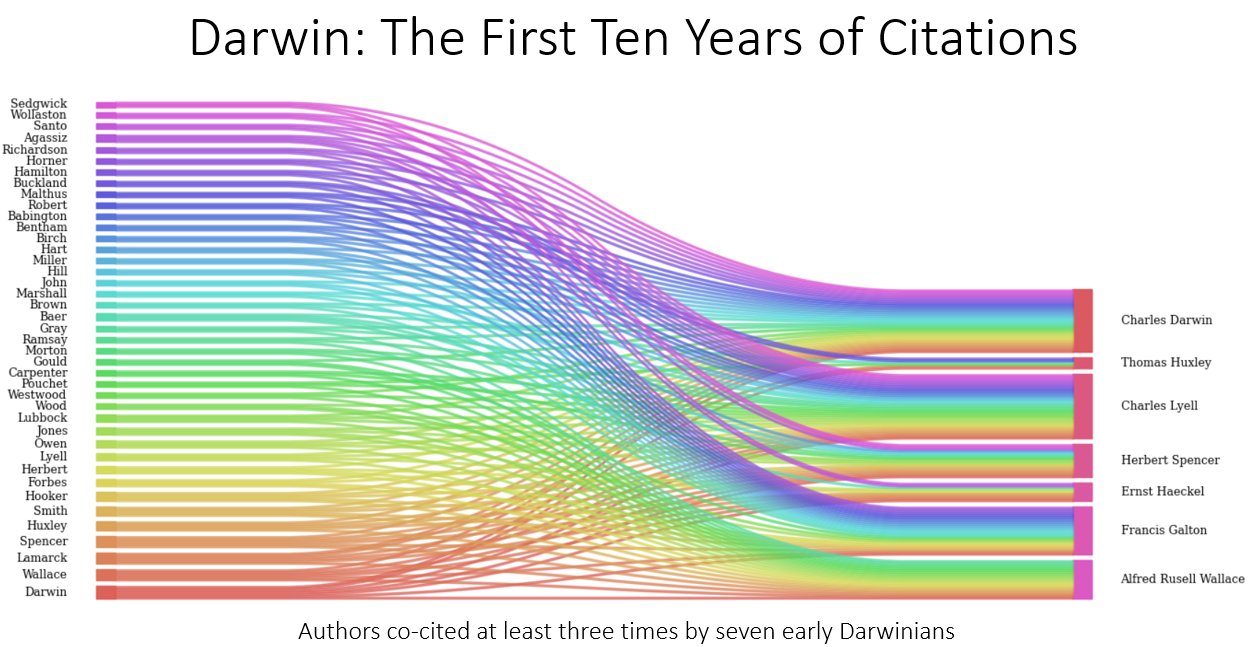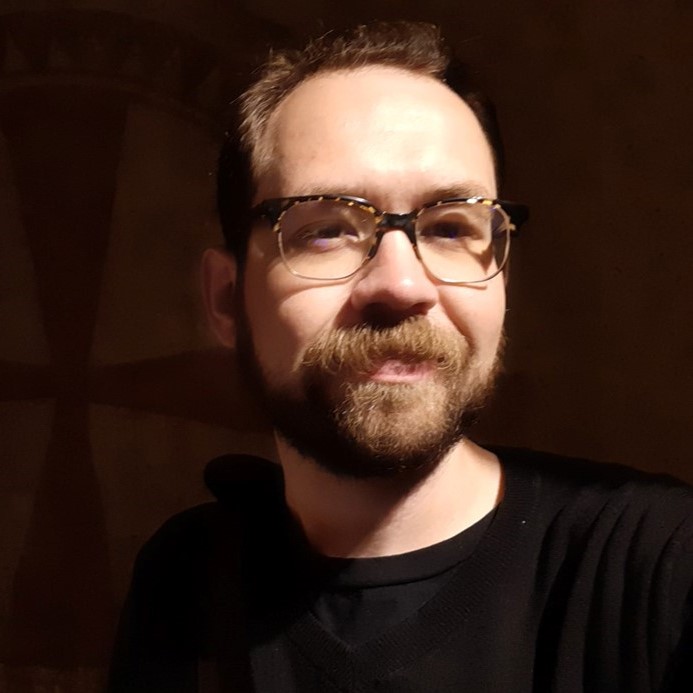Biography
Who am I?
My original background and training was in field biology and bioacoustics. During undergraduate, I worked in Emily Lemmon’s lab at Florida State University on chorus frog bioacoustics and on primate ultrasonic vocalizations at The Duke University Lemur Center. I first began a PhD at Texas A&M University in 2016 to study primate bioacoustics and language evolution. In 2018, I joined The Music Lab with Samuel Mehr’s as a visiting graduate student to work on questions regarding the evolution of infant-directed song and speech. In 2019, I mastered out of my previous program with a thesis on the mimicry of animals by human hunters with Jeff Winking. I then worked for some time in think tanks in Washington, DC. In 2020, I was happy to come back to academia to work on models of innovation and collective intelligence with Paul Smaldino at the University of California, Merced, where I am today.
What do I study?
My research uses a broad complex systems approach to study the relationship between structure and adapation. My current, primary research focus examines network structure as it pertains of collective intelligence, collective problem-solving, and organizational and epistemic communities. To this end, I have conducted research in three, broad, disparate regions:
- My current research examines innovation and evolvability from a “collective intelligence” perspective. My main questions here primarily relate to the structure of discursive communities and organizations where I ask: what are the processes leading to the evolution of structure, how can collections of agents organize themselves to best leverage information in their environments, and what structures make these ecologies vulnerable to collapse? I largely approach these questions from an agent-based modeling and theoretical standpoint.
- A second branch of my research, conducted prior to my time at UC Merced, is situated in the evolutionary behavioral sciences and langauge evolution from a bioacoustic and sensory ecology perspective. Here I have asked questions about the origins of language, proto-language, and music. My approach in this area has mostly involved large-scale corpus research of both acoustic and text-based datasets.
- Finally, I have an interest in the broad concept of “modularity” as it pertains to neural networks, collective intelligence, gene regulatory networks, and human cognition. Here I take both a philosophical and a modeling approach to the problem, seeking to find generalities between questions of innovation, adaptation, and evolvability in these disparate systems.
What else?
I also have an amateur interest in Byzantine and Central European history, the history and philosophy of science, and often do text scraping of historical documents for exploratory citation analyses. Flintknapping and primitive archery are among my favorite hobbies.
Here is a plot I made by text-scraping a number of first-edition documents in evolutionary biology published during the first ten years after Darwin’s Origin of Species. I am interested in the relationship between path dependence and innovation and would like to identify people with important insights that history may have forgottten.

